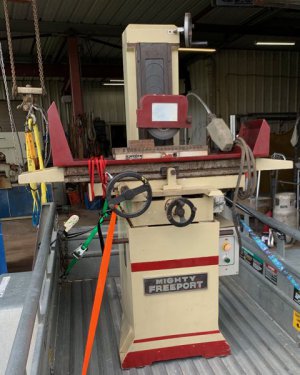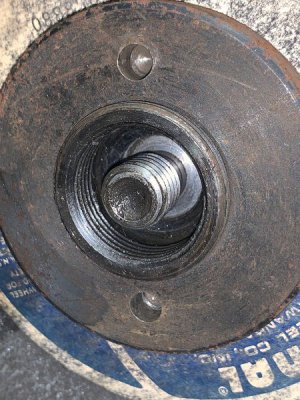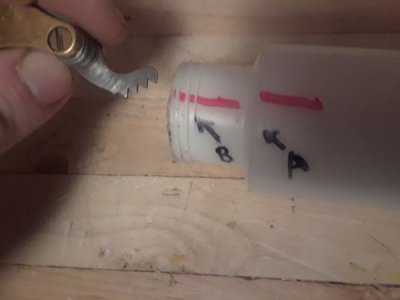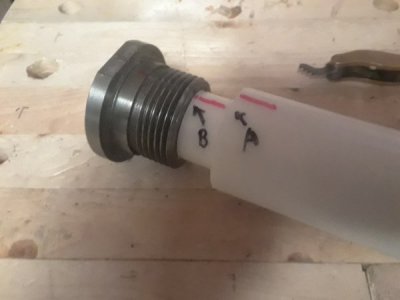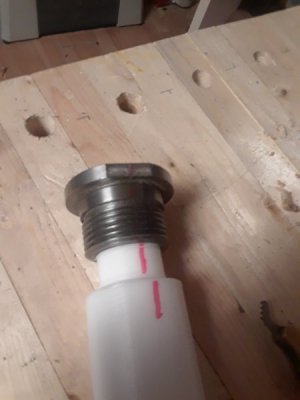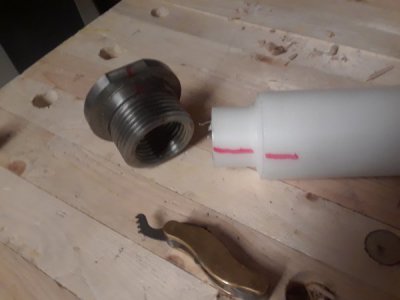Hello all! I am hoping you can help me with a question (more to come later) I purchased a very little used circa 1990 Freeport 6X18 Surface Grinder. I believe the model # is SGS-8618B but it is hand engraved on the plate so I am not sure. I have disassembled most of it and am cleaning it up but when I bought it unfortunately they lost the tools that came with it. I have noticed like a lot of Asian tools this has been branded by many importers.
What I need at this point is what I believe is called a Wheel Extractor by some company. However I can’t find one for sale so I guess I will have to make one. It appears to me that it will require a puller with an external M25X1.5 thread and then an internal thread for a bolt to draw the wheel off. Could someone who owns this machine or a clone validate the external thread size for me? Please?
What I need at this point is what I believe is called a Wheel Extractor by some company. However I can’t find one for sale so I guess I will have to make one. It appears to me that it will require a puller with an external M25X1.5 thread and then an internal thread for a bolt to draw the wheel off. Could someone who owns this machine or a clone validate the external thread size for me? Please?


